What is the difference between alternating current and direct current - simple explanation
Definition
Electric current is the directional movement of charged particles. This is the definition from the textbook on physics. In simple words, it can be translated so that its components always have some direction. Actually, this direction is decisive in today's conversation.
Alternating current (Alternative Current - AC) differs from direct current (Direct Current - DC) in that the latter electrons (charge carriers) always move in the same direction. Accordingly, the difference in alternating current is that the direction of motion and its strength depend on time. For example, in the outlet, the direction and magnitude of the voltage, respectively, and the current strength, changes according to a sinusoidal law with a frequency of 50 Hz (the polarity between the wires changes 50 times per second).
For dummies in electrics, so to speak, we depict this on a graph where the vertical axis shows the polarity and voltage, and the horizontal time:
The red line shows a constant voltage, it remains unchanged over time, except that it changes when switching a powerful load or short circuit. Green waves indicate a sinusoidal current. You can see that it flows in one direction or the other, in contrast to direct current, where electrons always flow from minus to plus, and the path from plus to minus is chosen by the direction of electric current.
In simple terms, the difference in these two examples is that the constant is always plus and minus on the same wires. If we talk about a variable, then the concepts of phase and zero are used in power supply. If we consider by analogy with the constant, then the phase and zero are plus and minus, only the polarity changes 50 times per second (in the USA and some other countries 60 times per second, and in planes more than 400 times).
Origin
The difference between AC and DC is their origin. Direct current can be obtained from galvanic cells, such as batteries and accumulators.
It can also be obtained using a dynamo - this is an outdated name for a DC generator. By the way, with their help, energy was generated for the first electric networks. We talked about this in an article about discoveries of Nikola Tesla, in notes on the war of ideas between Tesla and Edison. Later, so-called small generators for powering bicycle headlights.
Alternating current is also produced using generators, nowadays mainly three-phase.
Also, both voltages can be obtained using semiconductor converters and rectifiers. So you can rectify alternating current or get it by converting direct current.
Formulas for calculating DC
The difference between the change and the constant are the formulas for calculating the processes occurring in the circuit. So the resistance is calculated by Ohm's Law for a section of a chain or for a complete chain:
E = I / R
E = I / (R + r)
Power is also just calculated:
P = UI
Formulas for calculating AC
In the calculations of AC circuits, the difference in the formulas is due to the difference in the processes occurring in capacitors and inductors. Then the formula of Ohm's law will be for active resistance:
For capacity:
For inductance:
Here 1 / wC and wL are capacitive and inductive reactances, and w is the angular frequency, it is 2piF.
For circuit with capacitance and inductance:
wL-1 / wC is the reactance, it is denoted by Z.
The video below explains in more detail what the difference between AC and DC:
Related materials:

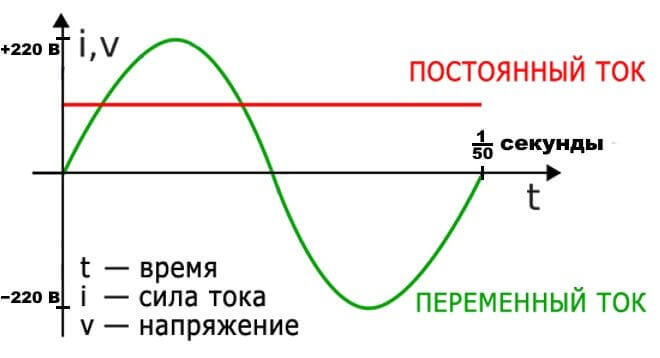
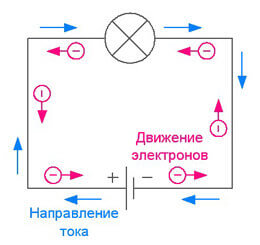
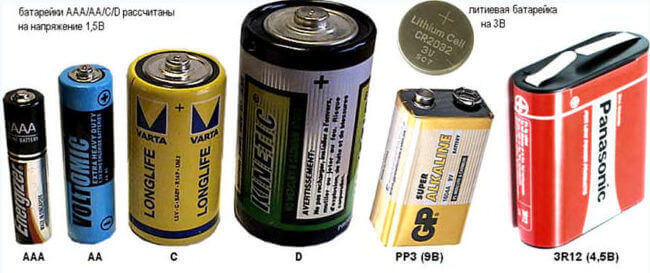

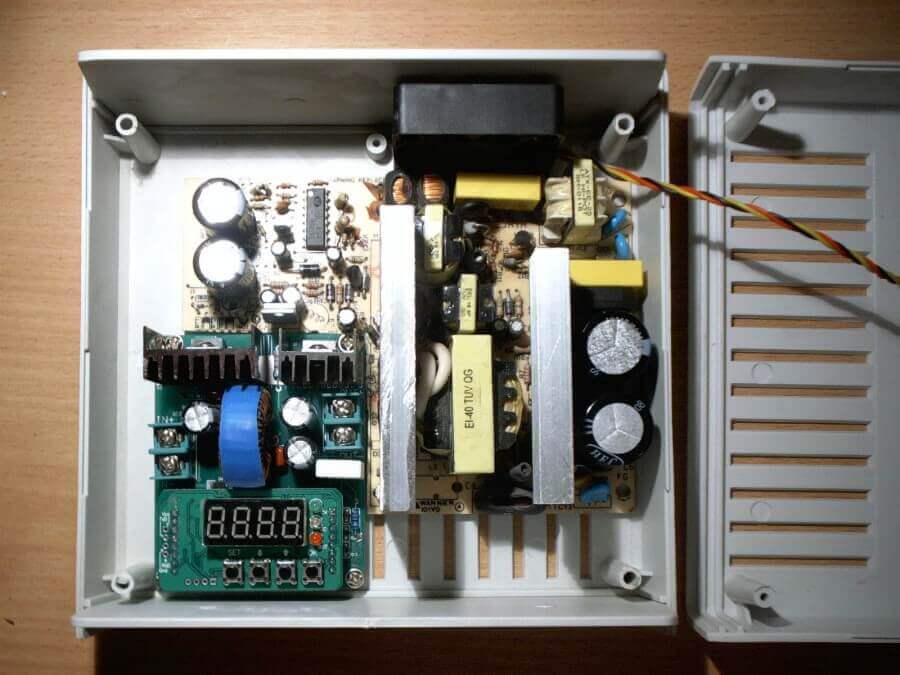







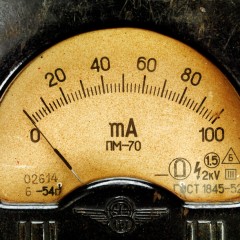
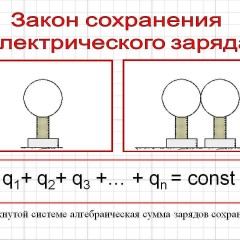


You have the amplitude values of the voltage in the network incorrectly indicated (310 V) 220 - current